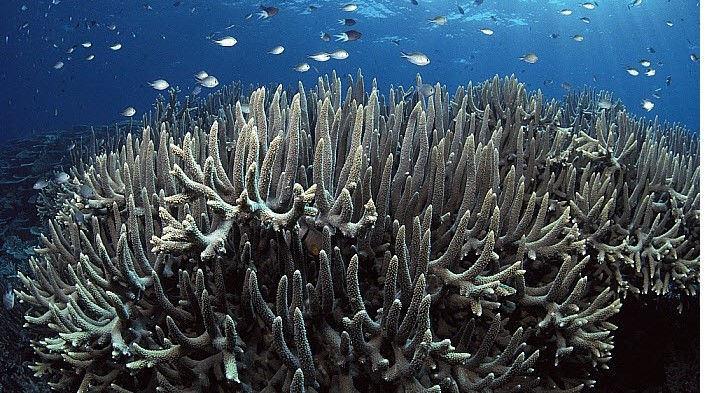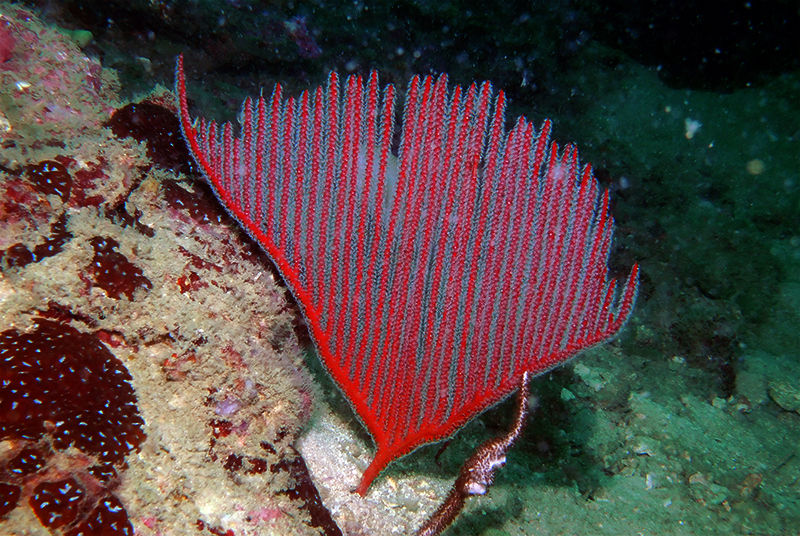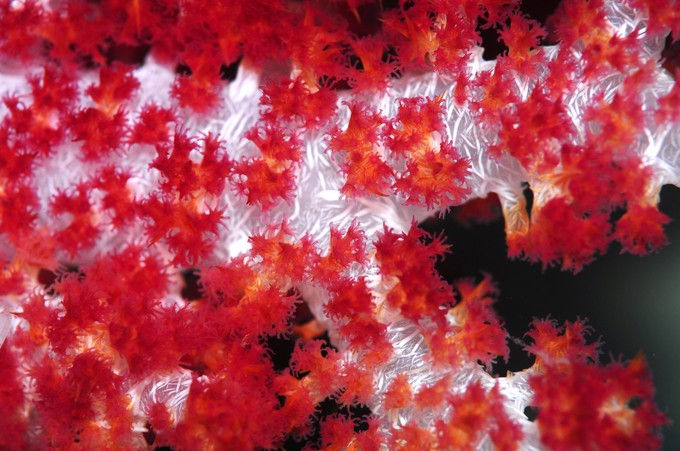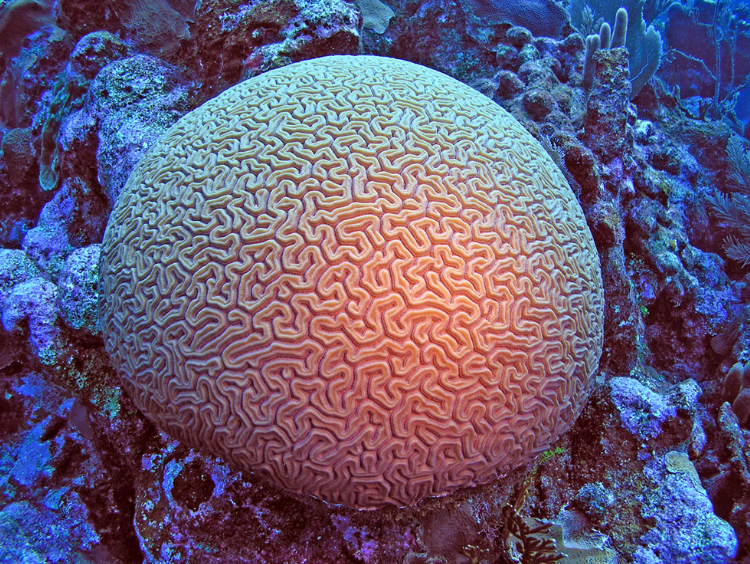Corals of the Andaman Sea
- ExpeditionThailand

- Jul 3, 2019
- 2 min read
Many people think of corals as basically the plants of the sea, however corals are invertebrate animals that come in thousands of different shapes and sizes. The distinguishing characteristics or corals consists of a simple stomach with only one mouth opening that is surrounded by tentacles. However the corals that we can observe in the sea, are usually colonies of corals, consisting of hundreds of individual corals called polyps which act as a single unit.
There are two major types of corals, hard and soft corals. They both contribute to the formation of coral reefs that provide shelter, feeding and breeding space for thousands of sea animals. The ecosystems created by the interaction between the coral reefs and all forms of underwater life is of great importance, as they provide the highest biodiversity within the sea.
In this blog post we would like to introduce a few of the most common species of corals in the Andaman sea. Many of these we have already encountered on our data collection dives, where we could enjoy their beauty.
Robust Staghorn Coral (Acropora robusta)

These are hard corals which have a strong stony skeleton, they are usually found in shallow water, between 3 and 15 meters depth. They good at enduring strong waves and currents and they are mostly seen at coral and rocky reefs. Staghorn corals are mostly diurnal and they feed on plankton.
Harp Coral (Ctenocella pectinata)

These corals are mostly orange or red, but sometimes white or yellow colonies can be found too. They are widely distributed in the Indo-Pacific mostly in shallow waters but some were seen around 30 meters deep as well. These astonishing creatures can grow up to 150 cm, making a very magical appearance underwater.
Hemprich's Soft Coral (Dendronephthya hemprichi)

From the Red Sea to the Western Pacific divers can observe these beautiful corals. The trunk of the coral is usually transparent while the other parts are orange and red, they can grow up to 70 cm. This coral is species is special in its ability to reproduce sexually and also asexually. Unfortunately if divers want to continue seeing these corals in the sea we require better diver practice as these fragile creatures easily break due to a fin kick at the wrong spot.
Barrel sponge (Xestospongia testudinaria)

The diameter of these pink-purple giants can grow to the humble size of 1.8 meters, which means that basically and adult diver could fit in them. Could be a good place to hide for photographers who want to observe marine animals (just kidding). This species could possibly have great importance for humans, as a peptide was identified from them that was toxic to human cervical cancer cells but did not harm normal kidney cells.
Brain Coral (Platygyra sp.)

These special corals can grow up to 1.5 meters tall and can live up to 900 years. They are named after their special groves on their surface that resembles a brain. They can be found in the warm shallow waters where they catch food with their tentacles during the night and rest in the daytime. They grow quite slowly but they are very durable and have a good protection against fish and environmental impacts like hurricanes.







Comments